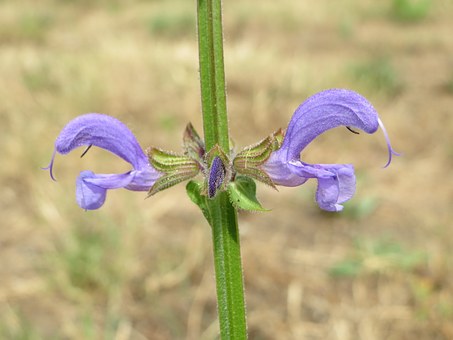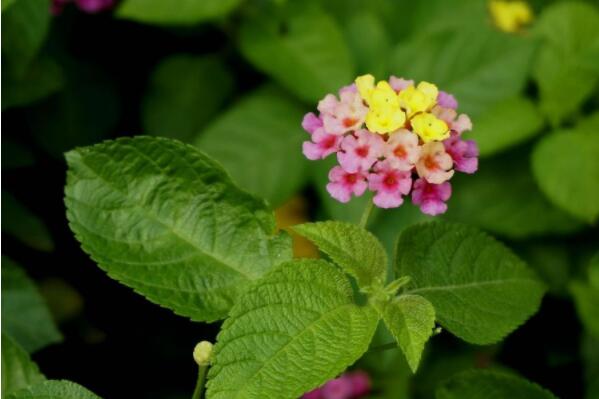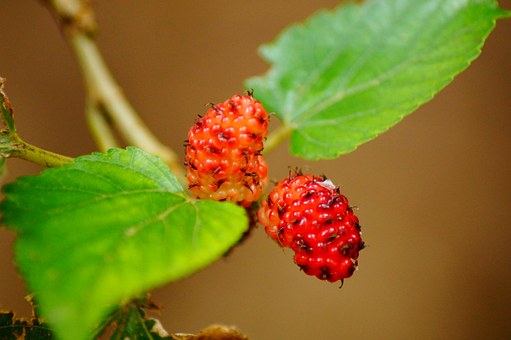How much is a perennial herb Danshen seedling? Can it be planted artificially? How?
Radix Salviae Miltiorrhizae, also known as Red Root, Dahongpao and Xueshen Root, is a common perennial herb in China. It is widely used as medicine because of its effects of promoting blood circulation and removing blood stasis, clearing the heart and removing annoyance. At present, it has been planted in many areas. How much is the seedling of Salvia miltiorrhiza? Can it be planted artificially? How do you plant it?

The latest price of Salvia miltiorrhiza seedlings:
Salvia miltiorrhiza seedlings we need about 0.07 yuan a tree, but the price in different regions will be different, so the price should be local consultation!
Planting skills:
1. Land selection and preparation
In the nursery land, the plots with high topography, loose soil layer and convenient irrigation should be selected. Ploughing before sowing, apply rotten barnyard manure or compost as base manure, fine rake flat, for high border sowing. Planting land should be planted in plots with deep, loose, fertile, high terrain and good drainage. Mountains, it is appropriate to choose sunny low slopes, the slope should not be too large. The root of Salvia miltiorrhiza is deep, and it is more than 33 cm deep in the soil. Therefore, after the previous harvest, turn the soil more than 35 cm deep, combined with soil preparation, apply rotten stable manure or compost 2500~3000kg per mu, add superphosphate 50kg, turn into the soil as base fertilizer. Before planting, ploughing again, fine rake flat, into a 1.3-meter-wide high border, surrounded by a deep drainage ditch to facilitate drainage.
2. Transplanting
After spring sowing, the seedlings can be transplanted after about 75 days. It can be planted in spring or in autumn. Spring planting is in mid-May and autumn planting is in late October. It should be early rather than late, transplant early, take root early, and return green early the next year. When planting, dig holes according to the row spacing of 33 × 23 cm on the border surface, depending on the root length, and apply appropriate amount of manure as base fertilizer at the bottom of the hole. After mixing evenly with the hole soil, 2 seedlings are planted in each hole. The planting depth is based on the original natural growth depth of the seedlings, and the heart bud can be slightly exposed. Water the roots thoroughly after planting. The cuttings were planted with 1 plant in each hole and planted in the hole according to the same method and planting density.
3. Field management
It is better to replenish seedlings sooner rather than later, so that they can catch up with the surviving seedlings as soon as possible. To achieve consistent growth. Intertillage weeding needs to be carried out 3 or 4 times a year. Weeding methods can be manual weeding or pulling, or mechanical weeding, but not chemical weeding. The florescence of Salvia miltiorrhiza is from May to June. The tidbits should be removed as soon as possible without collecting the seeds. Salvia miltiorrhiza is a kind of plant which likes potassium and organic fertilizer. The cake fertilizer or high-quality mature farm manure was applied once after spring germination in the second and third year (late April). In addition, extra-root topdressing was carried out in early March and July every year, and foliar nutrient solution and humic acid were sprayed. The application rate is 150g per mu. Foliar spraying of topdressing outside roots should be carried out before 10:00 and after 4 p.m., foliar spraying should be uniform, both front and back of leaves should be sprayed.
4. Pest control
(1) Disease
Root rot disease is easy to occur in high temperature and rainy season. The roots of the damaged plants were black and the aboveground parts withered. Prevention and control methods: avoid continuous cropping in seriously ill areas; select land with dry terrain and good drainage for planting; pay attention to drainage in rainy season; irrigate with 1000 times of carbendazim during the onset of the disease.
(2) insect pests
Aphids: adult nymphs suck sap from stems and leaves, which in serious cases cause yellowing of stems and leaves. Prevention and control methods: clear the garden in winter, bury or burn the dead leaves deeply; spray 50% dimethoate 1000-2000 times or 40% dimethoate EC 1000-2000 times every 7-10 days. Several times in a row.
Spodoptera litura: larvae bite leaves, which occurs in summer and autumn. Prevention and control methods: spray 1500 times of 90% trichlorfon or 50% phosphoramine EC once every 7 days.
Helicoverpa armigera: larvae harm buds, flowers, fruits, affecting seed yield. Prevention and control methods: spraying 50% phosphamine EC 1 500 times or 25% insecticidal amidine water agent 500 times in bud stage.
Grub: harm to larvae, bite off seedlings or mouth to eat roots, resulting in lack of seedlings or root cavity, serious harm. Control methods: fertilization should be fully mature, preferably with high-temperature compost; light trap and kill adults; seed dressing with 75% phoxim EC according to 0.1% of seed quantity; washing and irrigation with 1000 times of 90% trichlorfon or 75% phoxim EC during field occurrence; 25 grams of chlordane EC, 5 kilograms of wheat bran mixed with fried incense, and poison bait mixed with appropriate amount of water, sprinkled in the field in the evening.
Harvest and processing
Radix Salviae Miltiorrhizae can be collected in the next year. The harvest time is the shoot withered in the middle of December or dug before germination in the following spring. First remove the aboveground stems and leaves, and open a deep trench at one end of the border to expose the ginseng roots. Dig out the complete root strip forward along the bed to prevent it from breaking. After digging up, cut off the stump. If you need a piece of Salvia miltiorrhiza, the root strips above 0.8cm in diameter can be cut off at the mother root, arranged in order, exposed to the sun, and turned from time to time. When it is 70 or 80% dry, it is tied into a small handful, then exposed to dry, and boxed into "Salvia miltiorrhiza". If you don't distinguish the thickness. Dried and packed in gunny bags is called Salvia miltiorrhiza.
Time: 2019-04-10 Click:
- Prev

When does Changsheng plant five-colored plum usually blossom? How much is the seed per jin? Can I keep it at home? How to plant and raise
Five-colored plum, also known as Shandadan, Ruyi grass, colorful flowers, Wuledan, five-color hydrangea, discoloration grass, bright red hydrangea, originated in South America, West India, is now widely cultivated in countries all over the world. So when do five-colored plums usually blossom? How much is the seed per jin? Can I keep it at home? How to plant and maintain
- Next

When will the deciduous trees and mulberry be cut? How to cuttage?
Mulberry is a common deciduous tree in Northeast and Southwest China, which is widely cultivated because its leaves can be fed to silkworms, mulberry roots and mulberry bark can be used as medicine, but in general, mulberry is cut from cuttings.
Related
- Fuxing push coffee new agricultural production and marketing class: lack of small-scale processing plants
- Jujube rice field leisure farm deep ploughing Yilan for five years to create a space for organic food and play
- Nongyu Farm-A trial of organic papaya for brave women with advanced technology
- Four points for attention in the prevention and control of diseases and insect pests of edible fungi
- How to add nutrient solution to Edible Fungi
- Is there any good way to control edible fungus mites?
- Open Inoculation Technology of Edible Fungi
- Is there any clever way to use fertilizer for edible fungus in winter?
- What agents are used to kill the pathogens of edible fungi in the mushroom shed?
- Rapid drying of Edible Fungi

